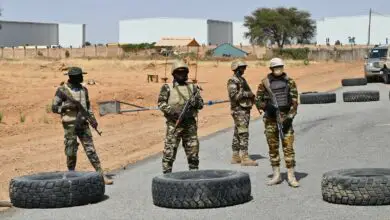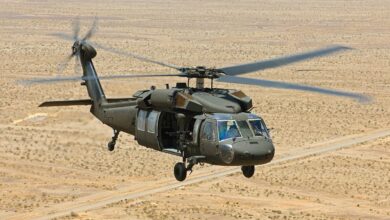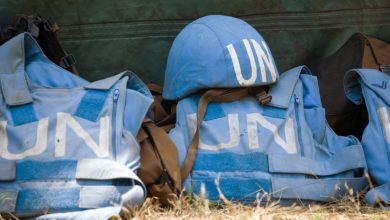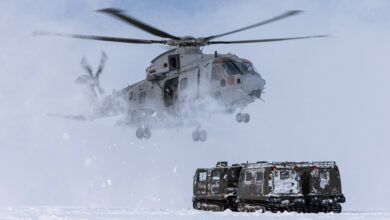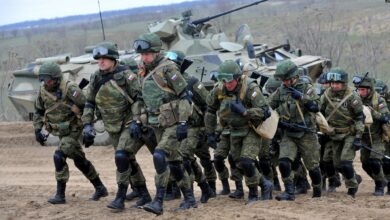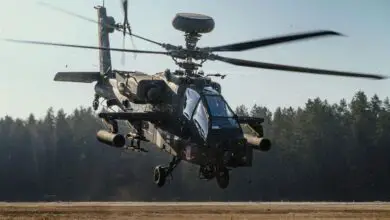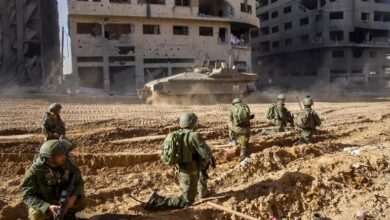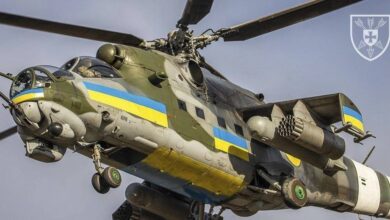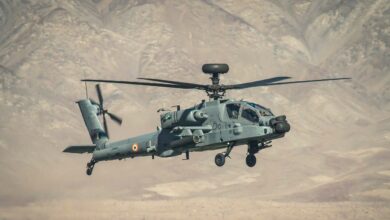A fourth Senegalese United Nations peacekeeper has died after he was injured in a combat helicopter crash in the Central African Republic two weeks ago, the U.N. said on Monday, October 8.
Three other Senegalese crew died when the Russian-made Mi-35 helicopter went down on September 27 in Bouar, in the western CAR, during a U.N. operation.
The Senegalese captain, badly wounded in the accident, died of his injuries on October 6, Mankeur Ndiaye, chief of the U.N. MINUSCA peacekeeping mission, said on Twitter.
The helicopter crew were part of a military operation against the 3R militia, one of several Central African armed groups, U.N. officials said.
The militia group is one of 14 that signed up to an eighth attempted peace agreement with the Central African government this year, but militias have breached the accord repeatedly.
One of the world’s poorest and most unstable nations, CAR has suffered several violent crises since 2003 when former president Francois Bozize seized power in a coup.
Fighting broke out between the Seleka, a coalition of mainly Muslim rebel groups, and the mainly Christian anti-balaka militia in 2012. A peace deal was signed in January 2013, but Seleka rebels captured the capital Bangui that March and ousted Bozize.
The Seleka was officially disbanded within months, but many fighters refused to disarm, becoming known as ex-Seleka. Many others joined the anti-balaka militia to fight the Seleka, leading to a spiral of violence between groups along religious and ethnic lines.
By the end of 2014, CAR was de facto partitioned – anti-balaka in the southwest and ex-Seleka in the northeast.
Fighting has since forced nearly a quarter of the country’s 4.5 million people to flee their homes and rival militia groups control most of the country.
Elected in 2016, President Faustin-Archange Touadera’s weak government controls around a fifth of the country and relies heavily on the U.N. peacekeeping mission, MINUSCA, for support. The rest is controlled by at least 14 different militia groups who often fight each other for revenue from extortion, roadblocks or mineral resources.
With reporting from AFP


